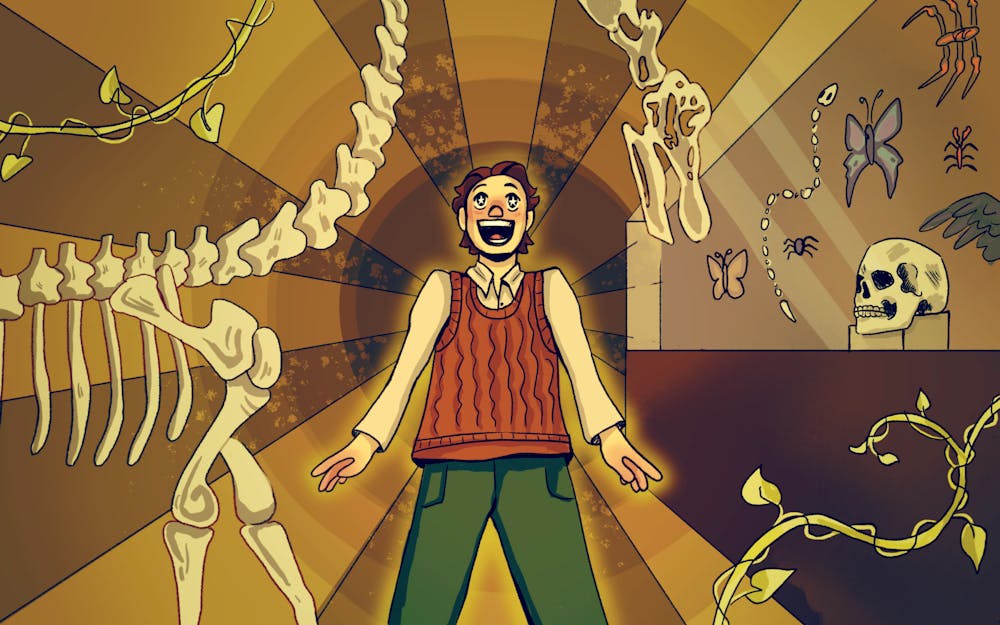I can still remember when I saw that white robe for the first time.
I was on the second floor of the Indiana State Museum during a school trip. As we shuffled past, a few of my classmates and I asked the adults around us about it. Though they tried to usher us away from the display, I could still read the small plaque that said what it was.
There’s the abstract idea of the Ku Klux Klan that resides in history books. We can hear statements from history teachers about just how many Hoosiers pledged allegiance to it. We can see black and white photos of members marching down Indiana streets.
But it’s an entirely different effect standing in front of an artifact of the Klan itself. It’s not abstract or vague — it’s tangible and real. You can feel the imposing stance of the robe and the weight of its material. You can sense that someone once wore that robe, someone else sewed it for them and hundreds of others saw it displayed proudly and openly.
For me, it was the first time that history felt real.
History is a hard thing to capture. You can cite statistics, read letters and look at images or paintings. But nothing really captures the culture of a time or place than the artifacts they leave behind — the toys children played with, the heirlooms women set above their mantels, the robes men wore to midnight meetings.
[Related: Thousands of Native American remains, a legacy of offensive research and the effort to move forward]
To me, that’s the power of a museum. Walking through the halls of a museum isn’t just a pretty sight, it’s a physical representation of the past. The weight of history rests on every patron’s shoulders.
I’m a bit of a self-defined museum geek. I love visiting exhibits in every place I visit, whether they’re huge collections or miniscule ones. I pretty infamously sunburn incredibly easily, so it’s probably understandable why I prefer to spend summer vacation in air-conditioned museums than on the beach.
Visiting so many exhibitions, I feel like I’ve learned about as much as I could have in school. I’ve seen some of my favorite pieces of art in the flesh. I’ve been able to observe and feel the weight of the earth. I’ve experienced the past in a way that can’t be captured on a screen or in a textbook.
The educational benefits of museums can’t be overstated. They’re especially effective for young children, but these institutions can even be impactful for an adult visiting. In a world where facts can get diluted by the internet, it’s nice to be able to experience a tangible object.
If the museum is curated well, it’s the best place to learn about the culture and history of a particular area. Every museum, from art to natural history and beyond, is an opportunity to learn as a patron and grow as a person.
That, however, can be a big “if.” Many museums still struggle with colonialist ethical dilemmas regarding human remains and artifacts. Hundreds of American institutions still house Indigenous remains which still have not been repatriated.
[Related: OPINION: Disaster tourism: Ethics or cash?]
I believe that working to resolve these will help improve museums rather than harm them. Indigenous peoples should be able to run their own collections with their own narrative front and center. Museums shouldn’t be stuck in the past — they should move to the future with the rest of us.
If more people visited museums, I know our world would be better off. We need to understand ourselves — our art, our past and our world — before we can create our own destiny. Museums have changed my life. I know that they can change others’.
Danny William (they/them) is a sophomore studying media.






